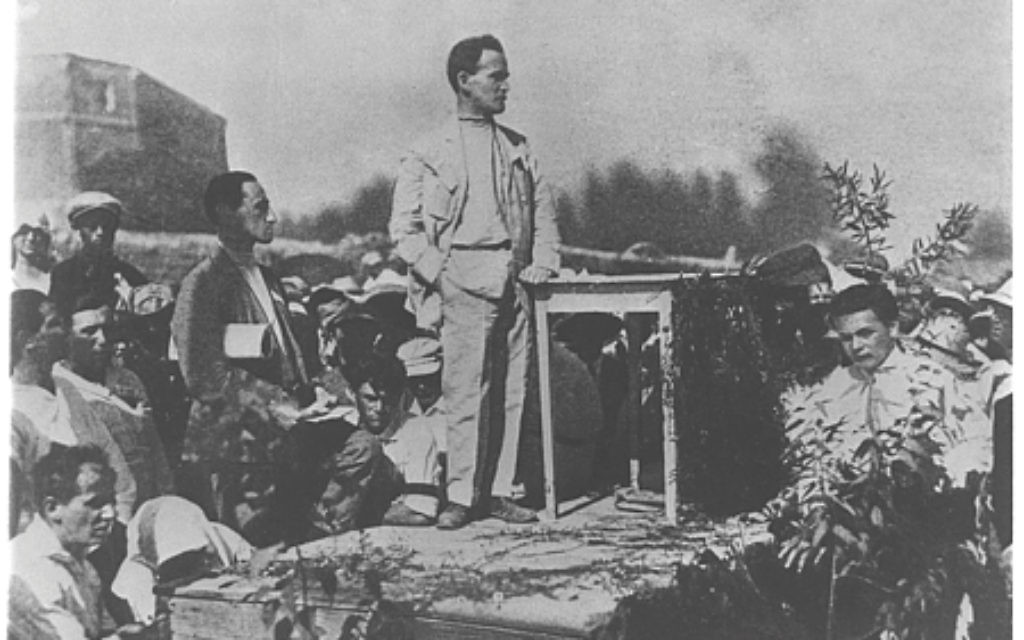How Labor Got Organized in Israel
Labor Day in the U.S. provides the perfect time to examine the Jewish state’s labor movement.

With the rise in Jewish immigration to Palestine at the beginning of the 20th century, a greater need arose to train workers and create wage standards, especially as the immigrants were competing with less expensive Arab laborers for jobs.
After years of fighting and division among political parties over how best to organize Jewish labor, the Histadrut, General Federation of Jewish Labor, was set up in Haifa in December 1920 to serve as a neutral, independent trade union to represent the interests of all Jewish workers in Palestine.
The goals of the Histadrut were to ensure proper working conditions for laborers, allow them the right to strike if necessary and oversee the day-to-day labor market. As in today’s labor unions, members paid monthly dues to the organization in exchange for the services that were provided.
Get The AJT Newsletter by email and never miss our top stories Free Sign Up
As the singular representative of Jewish labor, the Histadrut became not only the most powerful labor union in Israel, but also an important political organization.
Because of its size and strength, the Histadrut encompassed many divisions and businesses, including construction enterprises, credit and banking for its members, distribution of raw materials, marketing agencies, and a daily newspaper, Davar.
One example of its impact on workers and the emerging state was the Kupat Holim Clalit (General Sick Fund). Established in 1911 by immigrant workers, Kupat Holim Clalit was funded by the contributions of the workers. Shortly after the Histadrut’s founding, it took over the fund.
Even though similar health funds were created in the Yishuv, by the end of 1948 80 percent of those who had health insurance in the new state of Israel (only 53 percent of the population) were covered by Kupat Holim Clalit.
In 1921, David Ben-Gurion was elected the secretary-general of the Histadrut. By 1927 it had 25,000 members, representing 75 percent of the Jewish workers in Palestine.
While the Histadrut became a major economic and political force in both the Yishuv and the Zionist movement, it was challenged in the 1930s by the Revisionist Zionist movement, founded by Vladimir “Ze’ev” Jabotinsky.
Jabotinsky’s followers felt that the Histadrut had become more interested in monopolizing labor than in promoting better conditions for workers. The climax of the conflict between right and left within the Zionist movement was the Revisionist-perpetrated assassination of labor leader Chaim Arlosoroff in Tel Aviv on June 16, 1933.
After the establishment of the state of Israel, the Histadrut expanded rapidly as the country absorbed many new immigrants. Just as it did during the British Mandate, the Histadrut played a key role in absorbing these immigrants into the economic life of the nation.
One of the Histadrut’s original functions had been to protect Jewish labor from competition from cheaper Arab labor. However, by 1953, Israel had 185,000 Arab citizens. That reality necessitated a change in the policy that excluded Arabs from the Histadrut, despite the fact that Israel’s Arab minority was under a special military administration that would last until 1966.
Rich Walter is the associate director for Israel education at the Center for Israel Education (www.israeled.org).




comments